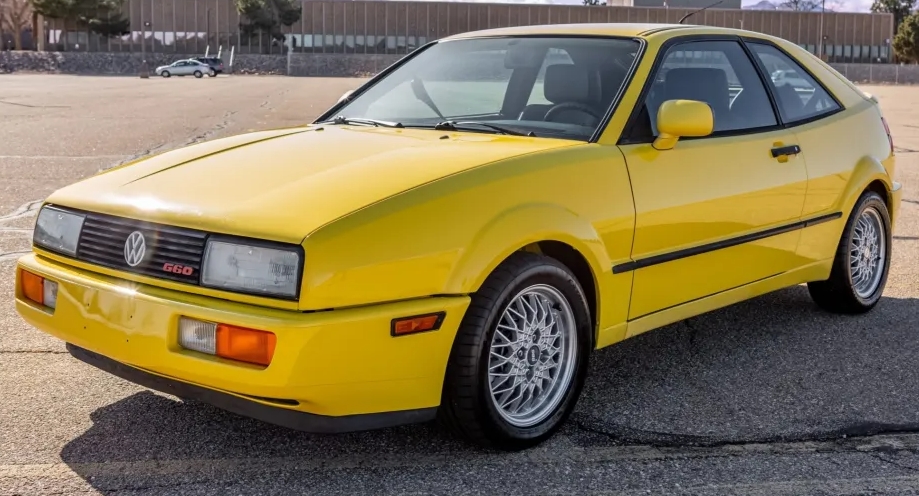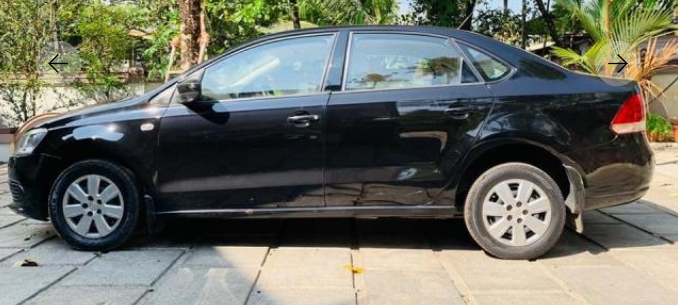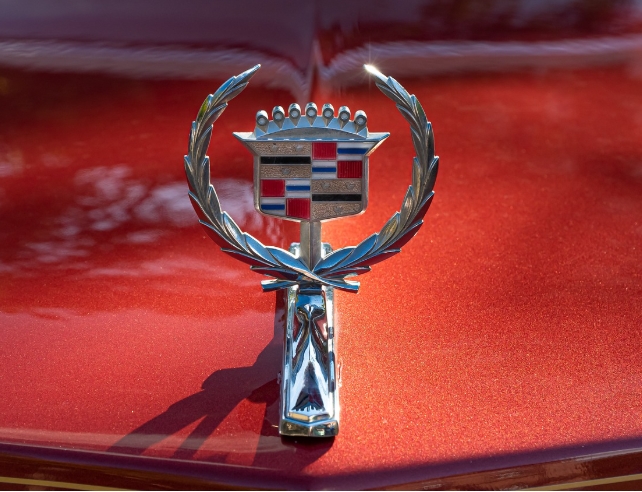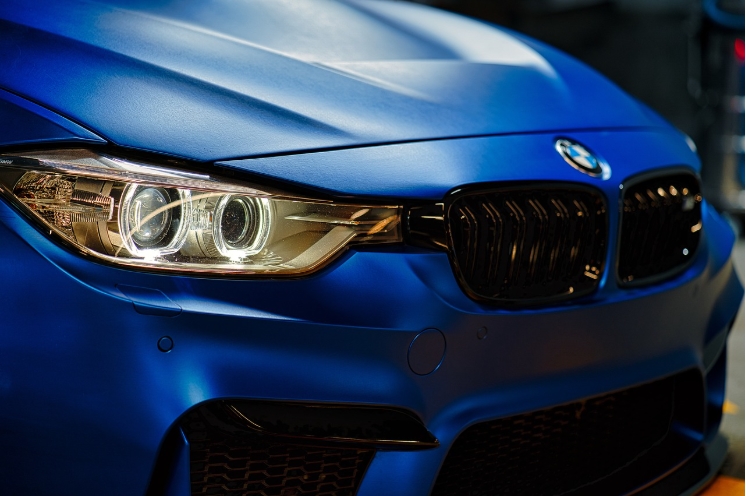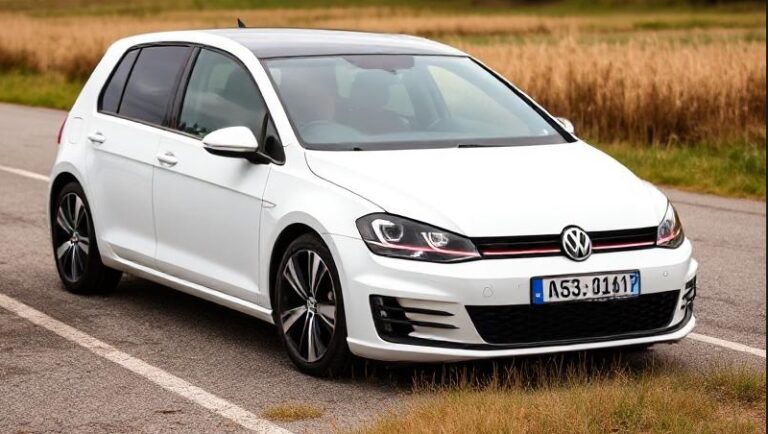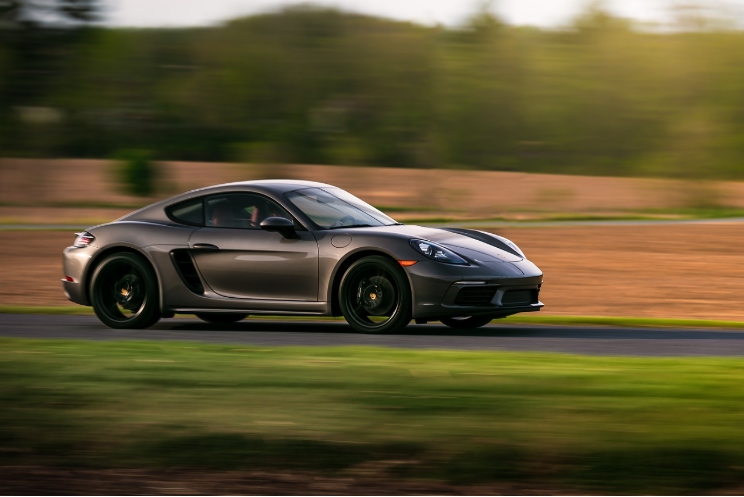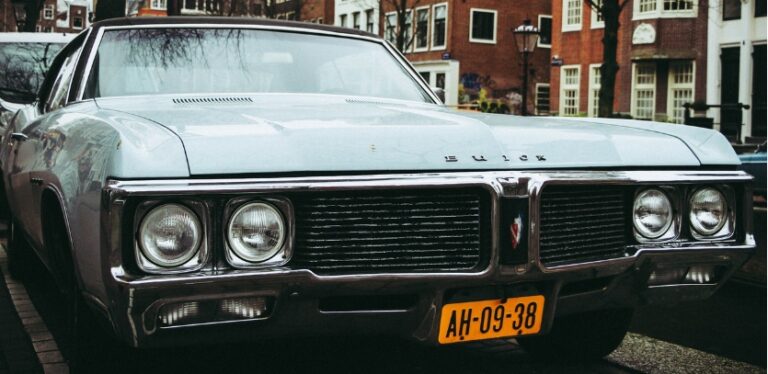The Volkswagen Corrado: A Decade of Distinctive Design and Driving Dynamics
The automotive landscape, particularly in the late 1980s and early 1990s, was a fertile ground for innovation and experimentation. Amidst the era of boxy sedans and emerging hot hatches, Volkswagen dared to introduce something entirely different – a sleek, sporty coupe that defied easy categorization. This was the Volkswagen Corrado, a car that, over its ten-year production run, carved out a unique niche for itself, blending everyday usability with genuine sporting credentials and unmistakable style. The Corrado’s evolution, marked by subtle yet significant changes in models, trim levels, and powertrain options, tells a story of a car that aimed for the stars and, for many, truly reached them.
Genesis and the Initial Spark (1988-1991): The VR6 Era Begins
The Volkswagen Corrado officially debuted in 1988, a revelation that surprised many who had come to expect Volkswagen’s more utilitarian offerings. It was based on the Golf Mk2 platform but was clearly a departure in design and intent. From its inception, the Corrado was envisioned as a premium sports coupe, a more sophisticated and dynamic alternative to its hatchback siblings.
The initial launch models were crucial in establishing the Corrado’s identity. The primary engine offered was the robust 2.0-liter 16-valve inline-four, codenamed “9A.” This engine produced a respectable 140 horsepower, providing ample performance for the lightweight coupe. The standard Corrado, often referred to simply as the “Corrado 16V” in its early years, was a well-equipped offering. Key features included servo-assisted steering, anti-lock brakes (ABS), power windows, a tilting and removable sunroof (dubbed “GTI” by some enthusiasts for its sporty feel), and often alloy wheels. The interior, while driver-focused, maintained a level of quality and practicality expected from Volkswagen.
However, the true star of the early Corrado lineup, and arguably its defining engine, arrived in 1989 with the introduction of the Corrado G60. This model was a technological marvel for its time, featuring a supercharged 1.8-liter inline-four engine. The G-Lader supercharger, a unique scroll-type design, delivered a potent 160 horsepower and a significant torque boost, particularly in the mid-range. The G60 was visually distinguished by its wider wheel arches, larger bumpers, and often distinctive “G60” badging. It also featured a more performance-oriented suspension setup and larger brakes to handle the increased power. The G60 was initially offered in limited numbers in key markets, quickly becoming a sought-after performance variant.
.
THIS is GOOD stuff if your car is in need:

.
Refinement and Expansion (1992-1995): The European Dominance and the VR6 Revelation
As the Corrado entered the early 1990s, Volkswagen continued to refine the model and expand its appeal. The G60, while successful, was eventually phased out in some markets due to the complexity and cost associated with its supercharged engine. This paved the way for a more universally appealing engine option.
In 1992, the Corrado VR6 was introduced, and it immediately became a legend. Volkswagen’s innovative VR6 engine, a remarkably compact 2.8-liter (later 2.9-liter in some markets) narrow-angle V6, produced 178 horsepower (later 190 hp). This engine not only offered a significant power increase over the 16V but also delivered a satisfyingly smooth and sonorous exhaust note. The VR6 was a major step up in performance, firmly cementing the Corrado’s position as a true sports coupe. Visually, the VR6 was distinguished by its more aggressive front bumper, wider grille, and larger alloy wheels. The interior also received subtle upgrades, often featuring sportier seats and more premium materials.
Alongside the VR6, the Corrado 16V continued its production, receiving minor updates and becoming the more affordable and arguably more nimble entry-level option. In some markets, the 16V engine was upgraded to a 2.0-liter 8-valve unit (known as the “2E” or “ADY” engine) producing around 115 horsepower, offering more torque than the previous 16-valve unit, though less outright power. This variant was often referred to as the Corrado 8V or simply the base Corrado.
The early to mid-1990s also saw a proliferation of trim levels and special editions, particularly in Europe, aimed at enhancing the Corrado’s exclusivity and appeal. These often included:
- Corrado GT: This trim level often represented a slightly more upscale version of the standard Corrado, potentially featuring enhanced interior trim, more standard features like air conditioning, and sometimes unique badging.
- Corrado Sport: Similar to the GT, the Sport trim often focused on enhanced driving dynamics, possibly with firmer suspension settings, sportier upholstery, and a more aggressive aesthetic.
- Corrado Storm: A highly sought-after limited edition, predominantly produced for the UK market in 1995. The Storm models were typically based on the VR6 and featured unique alloy wheels, specific paint options (often Mystic Blue or Green), and a host of optional extras as standard, including leather interior and a sunroof.
Throughout these years, the Corrado offered a choice of transmissions, primarily a precise 5-speed manual gearbox or the optional 4-speed automatic transmission. The aerodynamic styling, featuring an active rear spoiler that automatically deployed at higher speeds, was a hallmark of the Corrado’s design, contributing to its stability and a drag coefficient that was impressive for its era.
The Twilight Years and Legacy (1996-1997): A Fond Farewell
The late 1990s marked the twilight of the Corrado’s production run. By this point, the automotive world was evolving rapidly, with new safety regulations and the increasing dominance of SUVs and more mainstream sports cars. Volkswagen decided to discontinue the Corrado, with production ceasing in 1997.
The final years saw continued production of the VR6 and the 2.0-liter models, with minor cosmetic tweaks and the continued offering of various trim levels. The focus remained on maintaining the Corrado’s core appeal: a stylish, engaging, and practical coupe experience. The absence of extensive redesigns in its later years did little to diminish its charm; rather, it allowed the Corrado to age gracefully, its timeless design enduring.
Models and Key Trim Levels Throughout the Years:
To provide a comprehensive overview, here’s a breakdown of the primary models and trim levels offered during the Corrado’s production:
- Corrado 16V (1988-1992):
- Engine: 2.0-liter 16-valve inline-four (9A)
- Horsepower: 140 hp
- Key features: Standard performance coupe equipment, anti-lock brakes, power steering, power windows, tilting sunroof.
- Corrado G60 (1989-1992):
- Engine: 1.8-liter supercharged inline-four with G-Lader
- Horsepower: 160 hp
- Key features: Wider bodywork, G60-specific badging, enhanced suspension and brakes, more aggressive styling.
- Corrado 8V (1991-1997):
- Engine: 2.0-liter 8-valve inline-four (2E/ADY)
- Horsepower: 115 hp
- Key features: The more accessible, torque-focused entry-level model, replacing the 16V in many markets.
- Corrado VR6 (1992-1997):
- Engine: 2.8-liter (later 2.9-liter in some markets) VR6 V6
- Horsepower: 178 hp (later 190 hp)
- Key features: The flagship performance model, smooth V6 power delivery, distinctive VR6 styling cues, a significant performance upgrade.
- Trim Levels and Special Editions (Varying by Market and Year):
- Base Model: Often referred to as just “Corrado,” typically featuring the 2.0-liter 8-valve or 16-valve engine.
- Corrado GT: A more upscale trim, often with enhanced interior and standard features.
- Corrado Sport: Focused on a sportier driving experience and aesthetic.
- Corrado Exclusive: Another premium trim level, highlighting luxurious appointments.
- Corrado Storm (1995, UK Market): A limited edition based on the VR6, with unique styling and a high level of standard equipment.
- Corrado Color Concept (Late 1990s): Limited editions featuring unique interior color schemes and exterior paint options.
The Corrado’s Lasting Impact:
The Volkswagen Corrado, though a relatively niche product, left an indelible mark on automotive history. It proved that Volkswagen, a brand synonymous with practicality, could also create a desirable, driver-focused sports coupe with sophisticated engineering and captivating design. Its sleek lines, characterized by a low-slung profile, distinctive long hood, and that iconic active rear spoiler, still turn heads today.
The Corrado’s blend of performance, practicality (with its surprisingly usable rear seats and decent trunk space), and refined German engineering made it a compelling proposition. It wasn’t just a car; it was a statement. It offered a more accessible entry into the premium sports coupe segment without compromising on build quality or everyday usability.
Today, the Corrado is a beloved modern classic. Its evolution, from the innovative G60 to the legendary VR6, showcases Volkswagen’s willingness to experiment and push boundaries. The Corrado stands as a testament to thoughtful design, engaging driving dynamics, and a decade of automotive excellence, a car that continues to be cherished by enthusiasts who appreciate its unique blend of style and substance.
